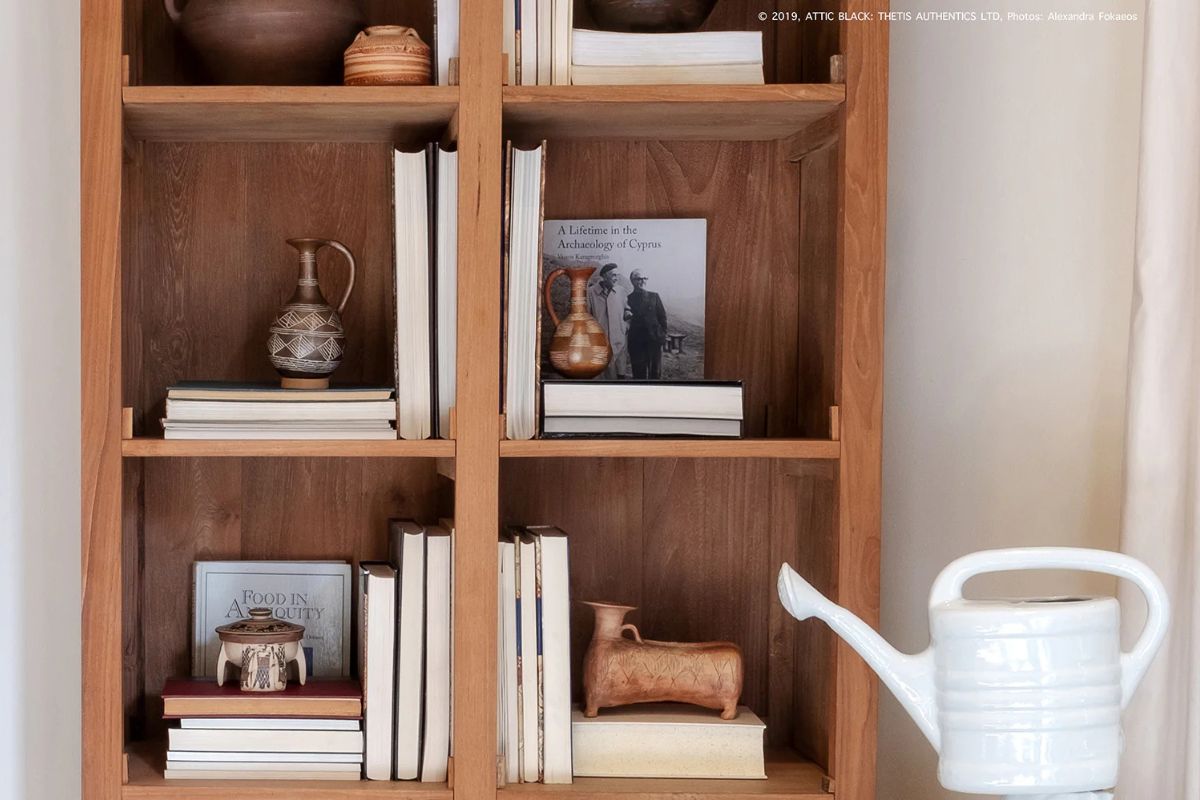
This blog explores the role and design of oinochoe Greek pottery, a type of ancient wine jug.
Key Highlights
- The oinochoe, derived from Ancient Greek, meaning “wine pourer,” was a signature wine jug in ancient Greece.
- Known for its trefoil-shaped mouth, it offered versatility in pouring directions during social gatherings.
- Crafted mainly with terracotta, but occasionally with materials like precious metals and stone, showcasing timeless artistry.
- Widely recognized for its red-figure designs used during the classical period of oinochoe Greek pottery.
- Played a key cultural role in Mediterranean civilizations, featuring intricate decorations and symbols.
- The oinochoe evolved over time, influencing art forms during the Renaissance and Neoclassical periods.
The oinochoe is an important item in ancient Greek pottery. This wine jug was not only used to pour drinks but also showed the hospitality and art of the ancient Greek people. You would often find this oinochoe Greek pottery vase at dinner parties and festivals. Made mostly from terracotta, the oinochoe stands out because of its trefoil mouth and one strong handle. This makes it easy to use and also shows the skill of those who worked on Greek pottery. People in ancient Greek times used this jug at religious events and sometimes as a grave marker. The oinochoe is a lasting part of Greek history and shows the beauty of their pottery even now.
Overview of Oinochoe Greek Pottery
The oinochoe is a type of jug in the pottery of ancient Greece. It was a mix of good use and art. People often called it a “wine pourer.” The mouth of this jug was shaped like a clover, so you could pour drinks in three ways. The oinochoe was often decorated with different designs, for example, red-figure pottery. You can see stories, gods, everyday life, and more on these jugs. This made every oinochoe a piece of ancient Greece storytelling. The oinochoe was liked for being flexible, too.
Mostly, it was a Greek pottery vase to pour wine, but sometimes it was used in religious ways or during special times. These vases were the right size, sometimes as tall as 25 centimeters. That made them easy to use, look nice, and helpful to people in Greece. This balance of style and need showed what life in ancient Greece was about. The oinochoe is still known as a special kind of vase from Greek pottery.
Definition and Historical Significance
The oinochoe is a well-known Greek vase that people used as a wine jug during parties and gatherings. The name comes from the old Greek words “oînos” (which means wine) and “khéō” (which means I pour). So, it was made to pour wine. The oldest ones go as far back as the Bronze Age. People at Troy used these in their everyday life, and that shows how long they have been around. As time went on, the shape and use changed a bit, but oinochoe stayed part of life across the Mediterranean.
One thing that stands out about this wine jug is the way it was made with a red-figure pottery look. This way of making Greek pottery was big during the classical period of Greek pottery. The drawings on these jugs showed stories from Greek myths and scenes from real life. This tells us what people in ancient Greek times valued and believed. Some oinochoe vases were even made with raised designs, like human shapes, giving them a lifelike quality. Besides looking beautiful, the wine jug was a big part of showing Greek hospitality and good taste. People used it at events like religious parties, big shared meals, and even in burial traditions. This shows that the oinochoe was right there in the middle of life and culture in the classical period.
Materials and Techniques Used in Crafting Oinochoe
Ancient Greek workers were known for their smart ideas when making the oinochoe. This type of pottery vase mixed good use with beautiful art. The term oinochoe means a pottery vase and was most often made from terracotta, a strong and easy-to-find clay. Sometimes, the people who had more money asked for oinochoe made of metal or stone, but these are hard to find today because not many lasted over time.
The main thing people remember about the oinochoe is the trefoil mouth. This part lets you pour in three ways, so it worked well and also looked nice, even at big parties. Artists also did things to make these Greek pottery vases special, like cutting lines, smooth polishing, or painting them with designs.
- Terracotta was used the most because it was strong and simple to shape.
- Some artists made “plastic versions,” using skilled hands to shape figures on the body of the vase.
- Great painting styles covered the oinochoe in red-figure pottery designs, which looked a lot like art you would see on big walls.
- Bigger versions made from stone were used as grave markers, and they became part of funerals and what those events meant to people.
With all of these ideas and the new ways of making things, the oinochoe shows us how old Greek pottery was both useful and full of art.

What distinguishes Oinochoe from other Greek pottery?
The oinochoe is different from other Greek pottery because of its special look and how it was used. While things like amphorae were for holding things, and kraters mixed drinks, the oinochoe was made mainly for pouring. It has a mouth shaped like a trefoil, a unique spot for its handle, and came in many sizes, from 10 to 25 centimeters. This made it easy to use when pouring wine.
Designs from the classical period of Greek pottery also gave it a special artistic touch. During the classical period of Greek pottery, people knew the oinochoe for scenes that showed people and events, such as festivals. These pottery pieces often had red-figure drawings, showing myths of ancient Greek times like the stories of Achilles or Dionysos. The oinochoe could be used in homes or during special events, which helped it find an important spot in the life of ancient Greek people.
Can Oinochoe pottery be identified by specific markers or symbols?
The oinochoe can often be recognized through specific design elements, craftsmanship, and regional influences. Common features include its trefoil-shaped pouring spout, single curved handle, and terracotta material. Many pieces also bear finely detailed decorations originating from Attic designs that reflect Greek mythology, rituals, and daily life. Larger versions doubled as artistic grave markers. Additionally, oinochoe often had symbolic illustrations and inscriptions. For example, red-figure motifs showcased festivals and allegorical themes. The widespread use in shipping further contributed to its durability and practical charm.
Below is a table highlighting distinct markers:
| Identifier | Description |
| Trefoil mouth | Allowed three-directional pouring, ideal for communal settings |
| Red-figure decoration | Featured mythological tales, festivals, or allegorical symbols |
| Terracotta material | Durable and versatile, helping it withstands domestic and ceremonial use |
| Attic influences | Designs reflecting cultural themes and artistic styles from the classical period of Greece |
These markers make the oinochoe a lasting representation of ancient Greek pottery’s distinctiveness.
To sum up, oinochoe Greek pottery is a great example of the skill and art found in ancient Greece. The style, meaning, and the way people made this pottery tell us a lot about life and values in that time. When you learn what makes Oinochoe special and what the different signs mean, you can see why many people find these items so interesting. Whether you really love Greek pottery, or you just wonder about art from ancient Greece, looking into Oinochoe can help you understand and enjoy Greek pottery even more. If you want to know more about this type of pottery from Greece, you can reach out to us for more ideas and to talk more about it.
